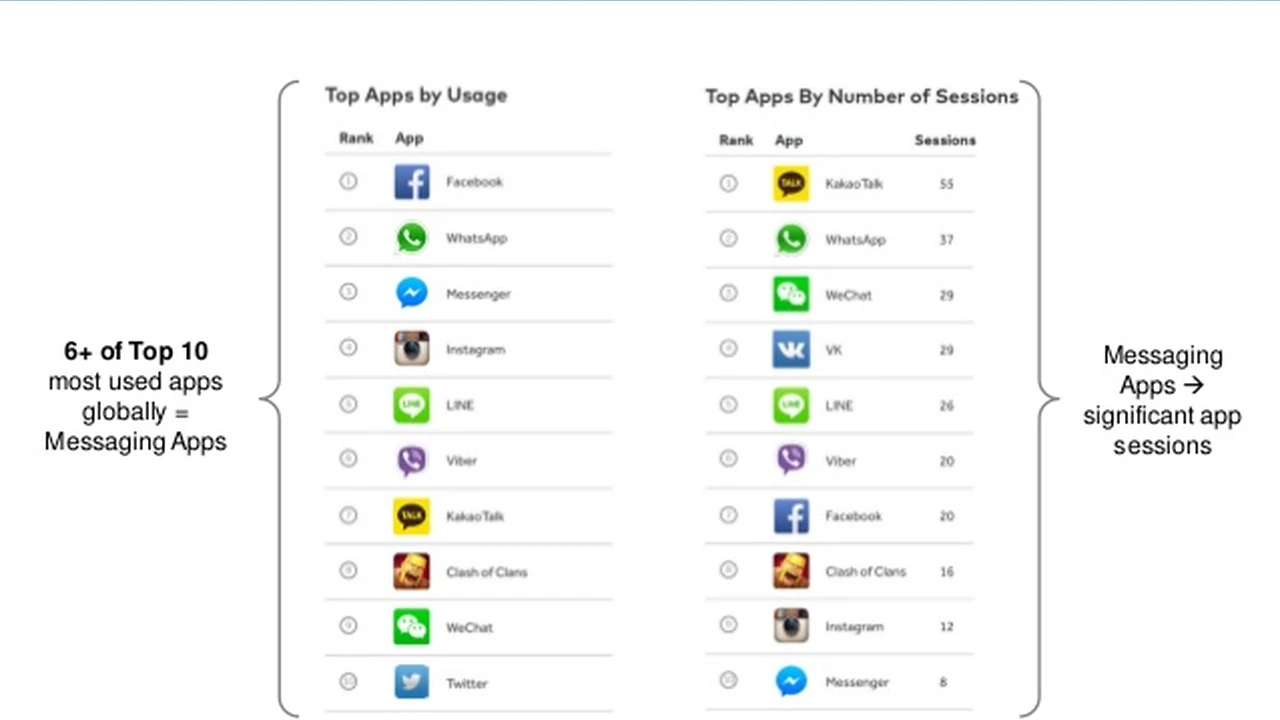Best Practices for Building a Remote Team
Assemble and manage a high-performing remote team. Essential strategies for successful distributed workforces.

Assemble and manage a high-performing remote team. Essential strategies for successful distributed workforces.
Best Practices for Building a Remote Team
Building a remote team isn't just about hiring people who work from different locations; it's about cultivating a culture of trust, communication, and autonomy that thrives without the traditional office setting. As more businesses embrace the flexibility and global talent pool that remote work offers, understanding the best practices for assembling and managing a distributed workforce becomes paramount. This comprehensive guide will walk you through everything you need to know, from initial recruitment to fostering a cohesive and productive remote environment.
Understanding the Remote Work Landscape and Its Benefits
Before diving into the 'how,' let's briefly touch upon the 'why.' The remote work landscape has evolved dramatically, driven by technological advancements and a shifting workforce mindset. For businesses, the benefits are manifold: access to a wider talent pool, reduced overhead costs (office space, utilities), increased employee satisfaction and retention, and often, higher productivity due to fewer distractions and greater flexibility. For employees, it offers work-life balance, autonomy, and the ability to live anywhere. However, these benefits are only fully realized when a remote team is built and managed effectively.
Strategic Planning for Your Remote Team Structure
The foundation of a successful remote team lies in meticulous planning. Don't just haphazardly transition to remote; strategize every aspect.
Defining Roles and Responsibilities for Distributed Teams
Clearly define every role, its responsibilities, and how it contributes to the overall company goals. In a remote setting, ambiguity can lead to significant inefficiencies. Use tools like job descriptions, RACI matrices (Responsible, Accountable, Consulted, Informed), and clear project briefs to ensure everyone knows their part.
Establishing Communication Protocols for Remote Collaboration
Communication is the lifeblood of any team, but especially a remote one. Establish clear protocols for different types of communication:
- Asynchronous Communication: For non-urgent updates, documentation, and discussions that don't require immediate responses. Think email, project management tools, and internal wikis.
- Synchronous Communication: For urgent matters, brainstorming, and team meetings. Video calls and instant messaging fall into this category.
Define preferred channels for each type and set expectations for response times.
Choosing the Right Tools for Remote Team Management and Productivity
Technology is your best friend when building a remote team. Investing in the right tools is non-negotiable. Here are some categories and specific product recommendations:
Project Management Software for Remote Workflows
These tools help organize tasks, track progress, and ensure everyone is on the same page. They are crucial for transparency and accountability.
- Asana: A versatile project management tool known for its user-friendly interface and robust features. It allows for task assignment, deadline setting, progress tracking, and integrates with many other tools. It's great for teams of all sizes, from small startups to large enterprises.
- Trello: Ideal for visual thinkers and agile teams, Trello uses a Kanban-style board system. It's simple to use for task management, brainstorming, and tracking workflows. Best for teams that prefer a more visual approach to project organization.
- Jira: While often associated with software development, Jira is highly customizable and can be adapted for various project types. It offers powerful reporting and workflow automation. Best for technical teams or those requiring complex project tracking.
- Monday.com: A highly visual and customizable work operating system that helps teams manage everything from projects to marketing campaigns. Its intuitive interface and automation capabilities make it popular for diverse teams.
Comparison: Asana offers a good balance of features and ease of use. Trello is simpler and more visual, great for smaller teams or specific project types. Jira is more powerful but has a steeper learning curve, suited for complex projects. Monday.com provides a highly customizable visual experience for various use cases.
Pricing: Most offer free tiers for basic use, with paid plans ranging from $10-$30 per user per month, depending on features and team size.
Communication Platforms for Distributed Teams
These are the virtual water coolers and meeting rooms of your remote team.
- Slack: The industry standard for team communication. It offers channels for different topics, direct messaging, file sharing, and extensive integrations. Essential for real-time communication and fostering team camaraderie.
- Microsoft Teams: A comprehensive collaboration platform that combines chat, video meetings, file storage, and application integration. It's particularly strong for organizations already using Microsoft 365.
- Zoom: While primarily a video conferencing tool, Zoom also offers chat and webinar functionalities. It's renowned for its reliability and ease of use for virtual meetings.
- Google Meet: Integrated with Google Workspace, Meet offers seamless video conferencing, screen sharing, and chat. A convenient option for teams already embedded in the Google ecosystem.
Comparison: Slack excels in instant messaging and integrations. Microsoft Teams offers a more integrated suite for businesses. Zoom and Google Meet are top-tier for video conferencing, with Google Meet being more integrated with Google's ecosystem.
Pricing: Free versions with limitations are common. Paid plans typically range from $5-$20 per user per month for advanced features and larger capacities.
Document Collaboration and Storage Solutions for Remote Work
Ensuring everyone has access to the latest documents and can collaborate in real-time is critical.
- Google Workspace (formerly G Suite): Offers Google Docs, Sheets, Slides, Drive, and more. Excellent for real-time collaborative editing and cloud storage. Widely adopted and user-friendly.
- Microsoft 365: Provides Word, Excel, PowerPoint, OneDrive, and SharePoint. Strong for businesses that prefer Microsoft's ecosystem and robust desktop applications.
- Dropbox Business: A dedicated cloud storage solution known for its reliability, security, and easy file sharing. Integrates well with many other applications.
Comparison: Google Workspace is fantastic for real-time collaboration directly in the browser. Microsoft 365 offers powerful desktop applications and cloud integration. Dropbox Business is a strong contender for pure file storage and sharing, with good integration capabilities.
Pricing: Google Workspace and Microsoft 365 typically range from $6-$20 per user per month. Dropbox Business starts around $15 per user per month.
Time Tracking and Productivity Monitoring Tools for Remote Teams
While trust is key, some teams benefit from tools that help track time and productivity, especially for client billing or performance analysis.
- Toggl Track: A simple yet powerful time tracking tool that integrates with many project management platforms. Great for individual and team time management.
- Clockify: A free time tracker and timesheet app for teams. Offers detailed reports and project tracking.
- Hubstaff: Provides time tracking, activity monitoring (screenshots, app usage), and payroll features. More comprehensive for teams needing detailed oversight.
Comparison: Toggl Track and Clockify are excellent for straightforward time tracking. Hubstaff offers more extensive monitoring features, which might be preferred by some businesses but could be seen as intrusive by others.
Pricing: Toggl Track and Clockify have generous free tiers, with paid plans starting around $8-$10 per user per month. Hubstaff's paid plans start around $7 per user per month.
Recruiting and Onboarding Remote Talent Effectively
Hiring for a remote role requires a slightly different approach than traditional hiring.
Sourcing and Attracting Top Remote Candidates Globally
Leverage remote-specific job boards (e.g., Remote.co, We Work Remotely, FlexJobs) in addition to general platforms. Highlight the benefits of remote work in your job descriptions and emphasize your company's remote-first culture.
Interviewing and Assessing Skills for Remote Roles
During interviews, focus not just on technical skills but also on qualities crucial for remote success: self-discipline, communication skills (especially written), proactivity, and problem-solving abilities. Use virtual interviews and consider assigning a small, paid project as part of the assessment to see how candidates perform in a remote context.
Designing a Comprehensive Remote Onboarding Program
A strong onboarding process is even more critical for remote hires. They don't have the benefit of casual office interactions to learn the ropes.
- Pre-boarding: Send welcome kits, company swag, and all necessary equipment before their start date. Provide access to all tools and documentation.
- First Week: Schedule introductory calls with key team members, assign a buddy or mentor, and provide a clear roadmap for their first 30, 60, and 90 days.
- Documentation: Create a comprehensive internal wiki or knowledge base with company policies, procedures, FAQs, and team directories.
Fostering a Positive Remote Work Culture and Engagement
Culture doesn't just happen; it's built intentionally, especially in a remote setting.
Building Trust and Transparency in a Distributed Environment
Trust is the bedrock. Be transparent about company goals, challenges, and decisions. Encourage open communication and psychological safety where team members feel comfortable sharing ideas and concerns without fear of judgment.
Promoting Social Connection and Team Cohesion Remotely
Combat isolation by creating opportunities for informal interactions:
- Virtual Coffee Breaks: Scheduled or spontaneous video calls for non-work chats.
- Team Building Activities: Online games, virtual escape rooms, or even sending everyone a meal kit to cook together virtually.
- Dedicated Social Channels: Create Slack channels for hobbies, pets, or general banter.
- In-person Meetups: If feasible, organize annual or semi-annual company retreats to strengthen bonds.
Recognizing and Rewarding Remote Team Achievements
Acknowledge and celebrate successes publicly. This could be through shout-outs in team meetings, dedicated recognition channels, or virtual awards. Regular feedback and performance reviews are also crucial for growth and motivation.
Managing Performance and Productivity in Remote Teams
Performance management in a remote setting shifts from 'presenteeism' to results.
Setting Clear Expectations and Measurable Goals for Remote Workers
Focus on outcomes, not hours. Use frameworks like OKRs (Objectives and Key Results) or SMART goals (Specific, Measurable, Achievable, Relevant, Time-bound) to ensure everyone understands what's expected and how success is measured.
Providing Regular Feedback and Performance Reviews Remotely
Schedule regular one-on-one meetings with team members. These should be a mix of formal performance reviews and informal check-ins to discuss progress, challenges, and professional development. Use video calls to maintain a personal connection.
Addressing Performance Issues and Supporting Remote Employees
When performance issues arise, address them promptly and constructively. Provide clear examples, offer support and resources (e.g., training, coaching), and set a plan for improvement. Remember that remote employees might face unique challenges (e.g., home distractions, isolation), so empathy is key.
Ensuring Security and Compliance for Remote Operations
Remote work introduces new security and compliance considerations.
Implementing Robust Cybersecurity Measures for Distributed Workforces
Mandate strong passwords, two-factor authentication, and VPN usage. Provide secure devices and ensure all software is up-to-date. Conduct regular cybersecurity training for all employees.
Navigating Legal and Regulatory Compliance for Global Remote Teams
Understand the labor laws, tax implications, and data privacy regulations (e.g., GDPR, CCPA) in all jurisdictions where your employees reside. This can be complex, so consulting with legal and tax professionals is often necessary.
Scaling Your Remote Team and Adapting to Change
As your company grows, your remote strategy will need to evolve.
Strategies for Growing Your Remote Workforce Sustainably
Maintain your strong culture as you scale. Document processes, invest in leadership training for remote managers, and continue to solicit feedback from your team to identify areas for improvement.
Adapting to New Technologies and Remote Work Trends
The remote work landscape is constantly changing. Stay informed about new tools, best practices, and emerging trends. Be open to experimenting and iterating on your remote work policies and strategies.
Building and managing a high-performing remote team is an ongoing journey, not a destination. It requires intentional effort, the right tools, and a commitment to fostering a supportive and productive environment. By focusing on clear communication, strong culture, and continuous improvement, your distributed workforce can become a powerful asset, driving innovation and success for your business.
:max_bytes(150000):strip_icc()/277019-baked-pork-chops-with-cream-of-mushroom-soup-DDMFS-beauty-4x3-BG-7505-5762b731cf30447d9cbbbbbf387beafa.jpg)






